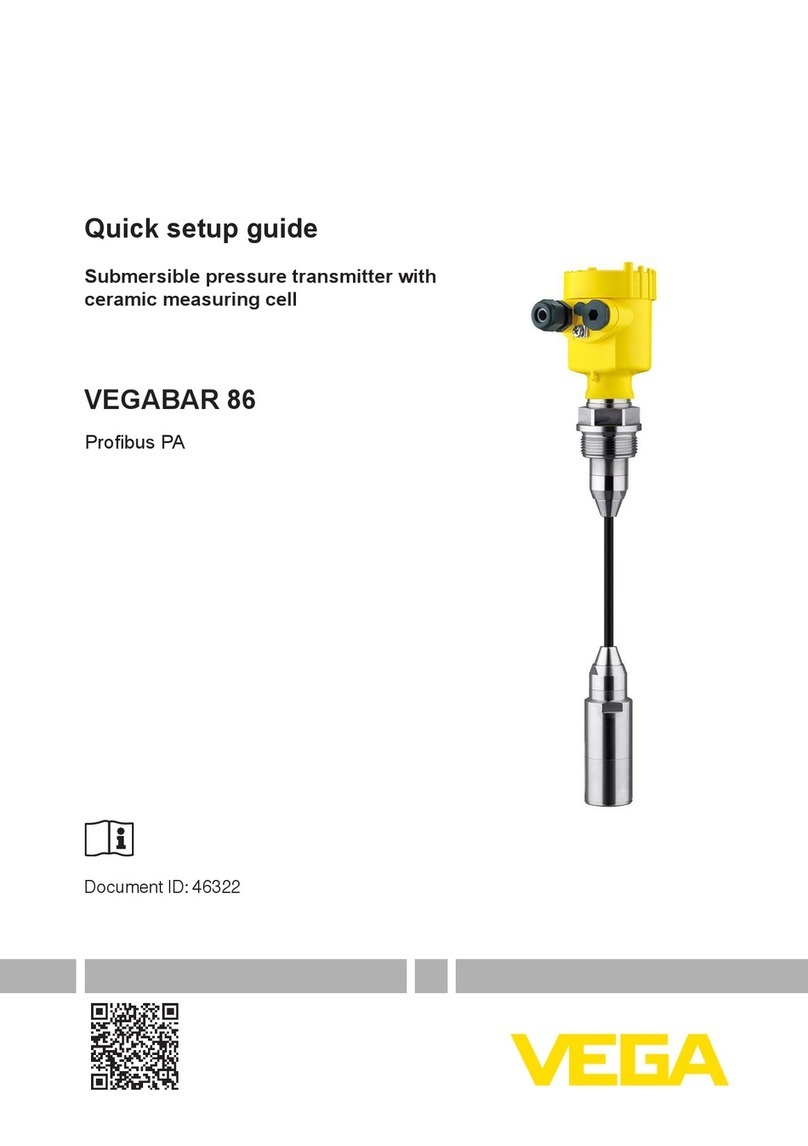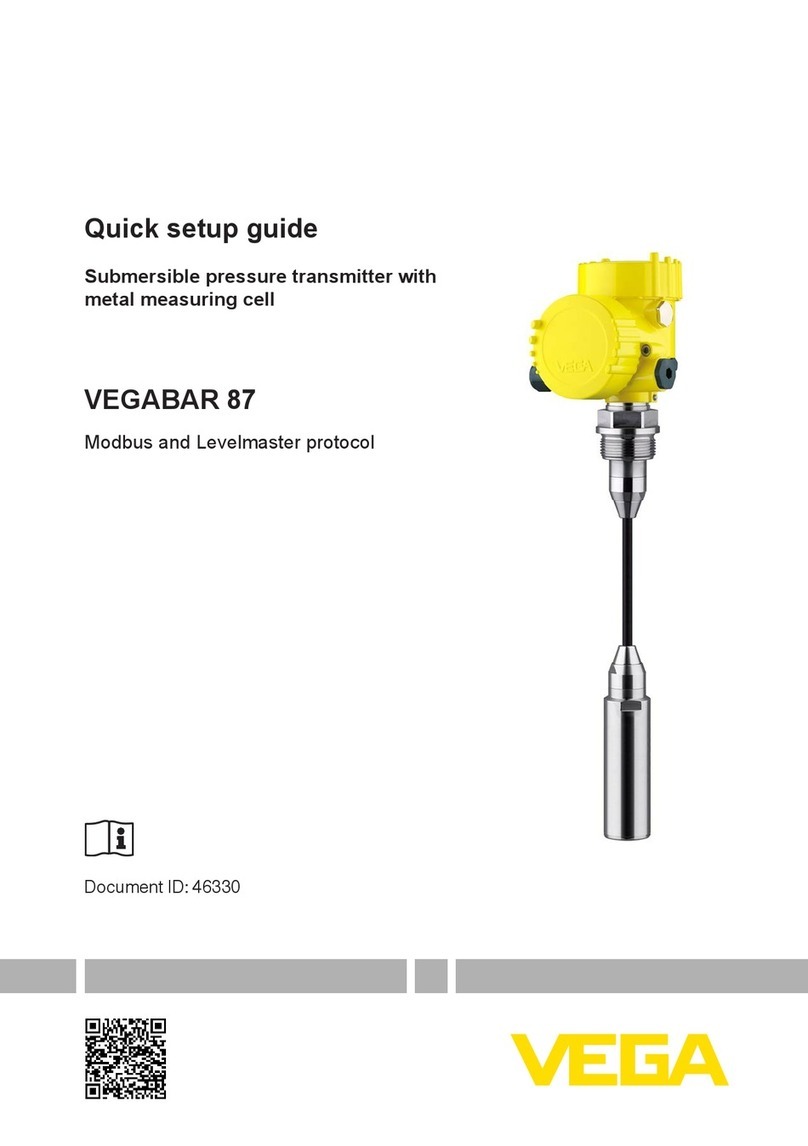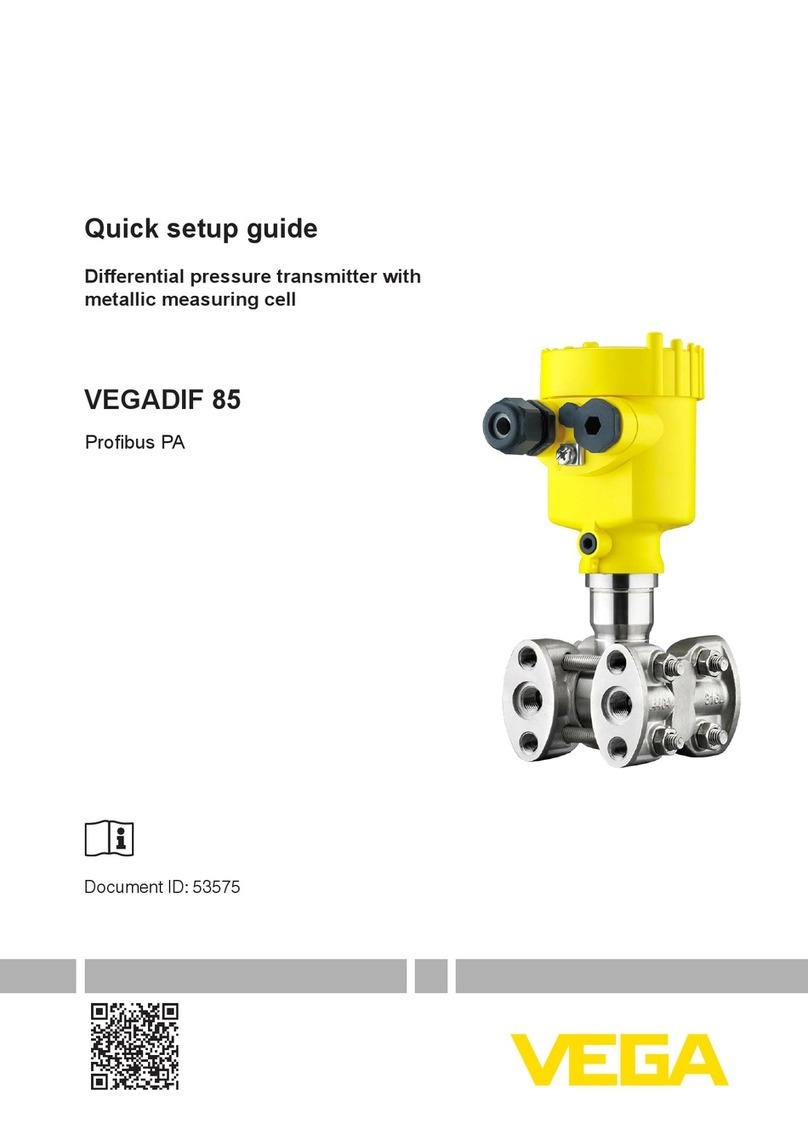Vega VEGAFLEX 80 series User guide
Other Vega Transmitter manuals
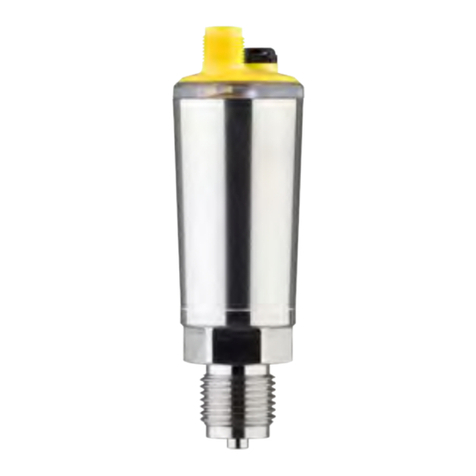
Vega
Vega VEGABAR 29 User manual
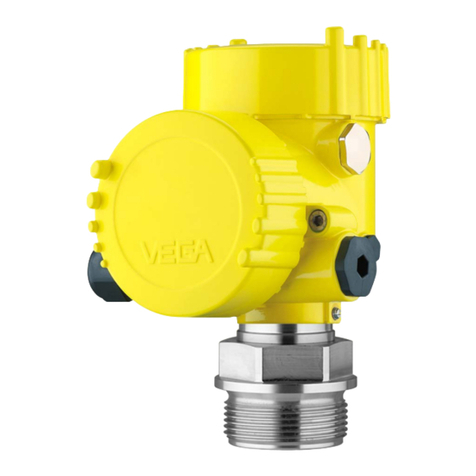
Vega
Vega VEGABAR 82 User manual
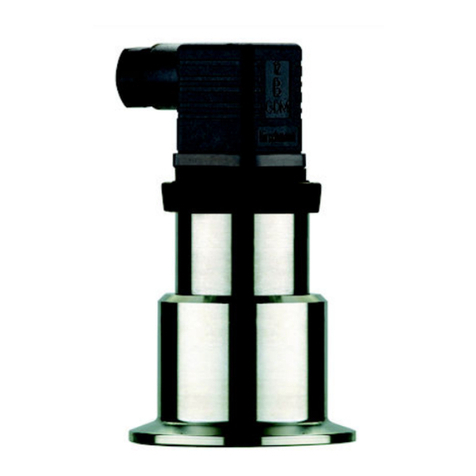
Vega
Vega VEGABAR S 16 User manual
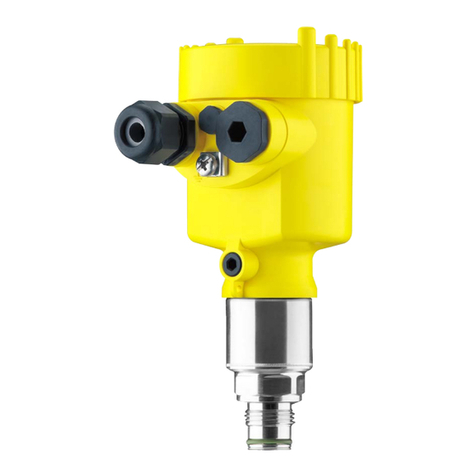
Vega
Vega VEGABAR 83 User manual

Vega
Vega VEGABAR 64 User manual
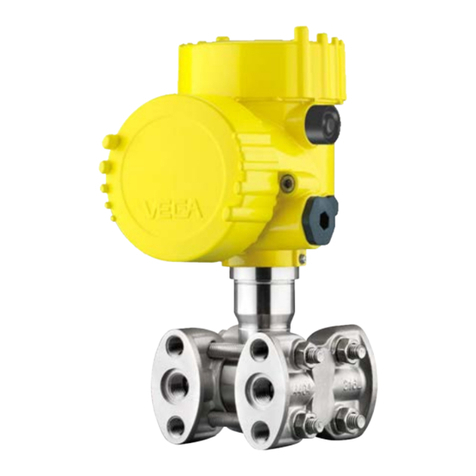
Vega
Vega VEGADIF 85 User manual
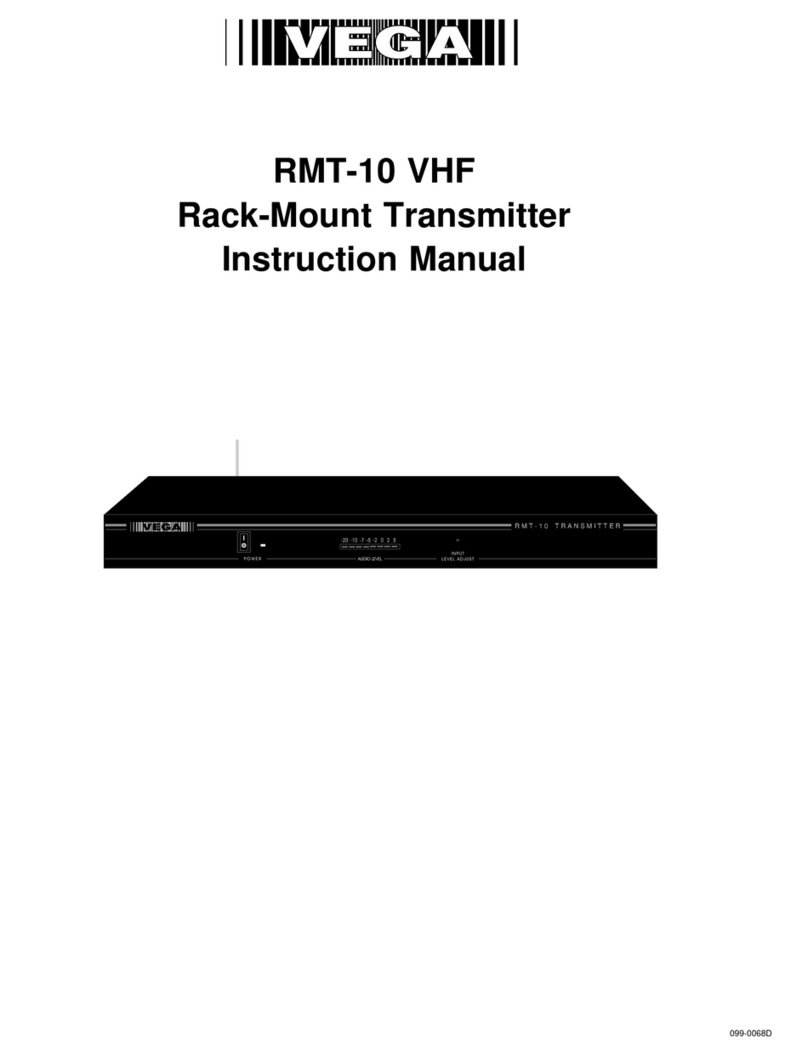
Vega
Vega RMT-10 User manual
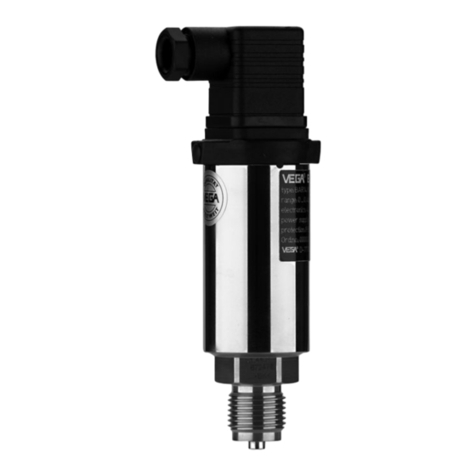
Vega
Vega VEGABAR 14 User manual

Vega
Vega VEGABAR 82 User manual

Vega
Vega VEGABAR 87 User manual

Vega
Vega VEGABAR 83 User manual
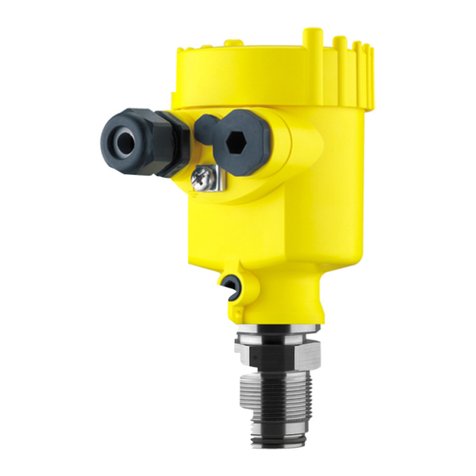
Vega
Vega VEGABAR 54 User manual
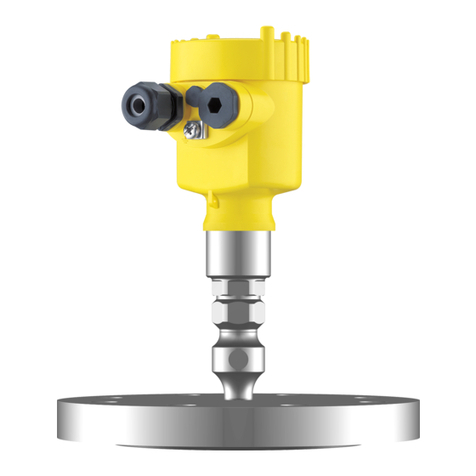
Vega
Vega VEGABAR 81 User manual

Vega
Vega VEGABAR 82 User manual

Vega
Vega VEGABAR 82 User manual

Vega
Vega VEGABAR 81 User manual

Vega
Vega VEGABAR 82 User manual
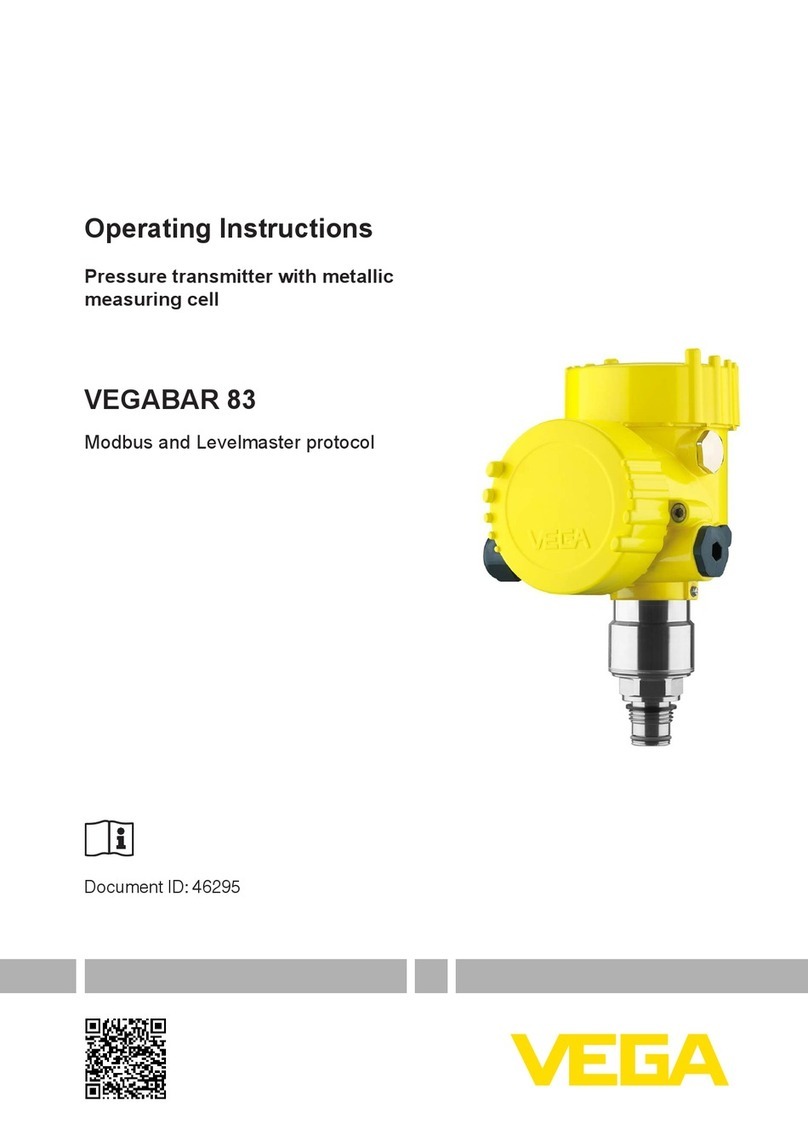
Vega
Vega VEGABAR 83 User manual

Vega
Vega VEGABAR 86 User manual
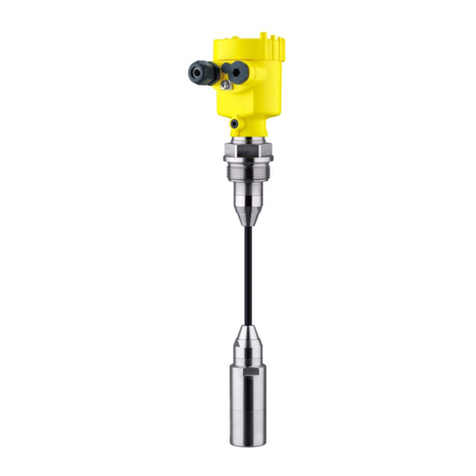
Vega
Vega VEGABAR 86 User manual
Popular Transmitter manuals by other brands

Dejero
Dejero EnGo 3x manual

Rosemount
Rosemount 4600 Reference manual

Speaka Professional
Speaka Professional 2342740 operating instructions

trubomat
trubomat GAB 1000 instruction manual

Teledyne Analytical Instruments
Teledyne Analytical Instruments LXT-380 instructions

Rondish
Rondish UT-11 quick start guide
